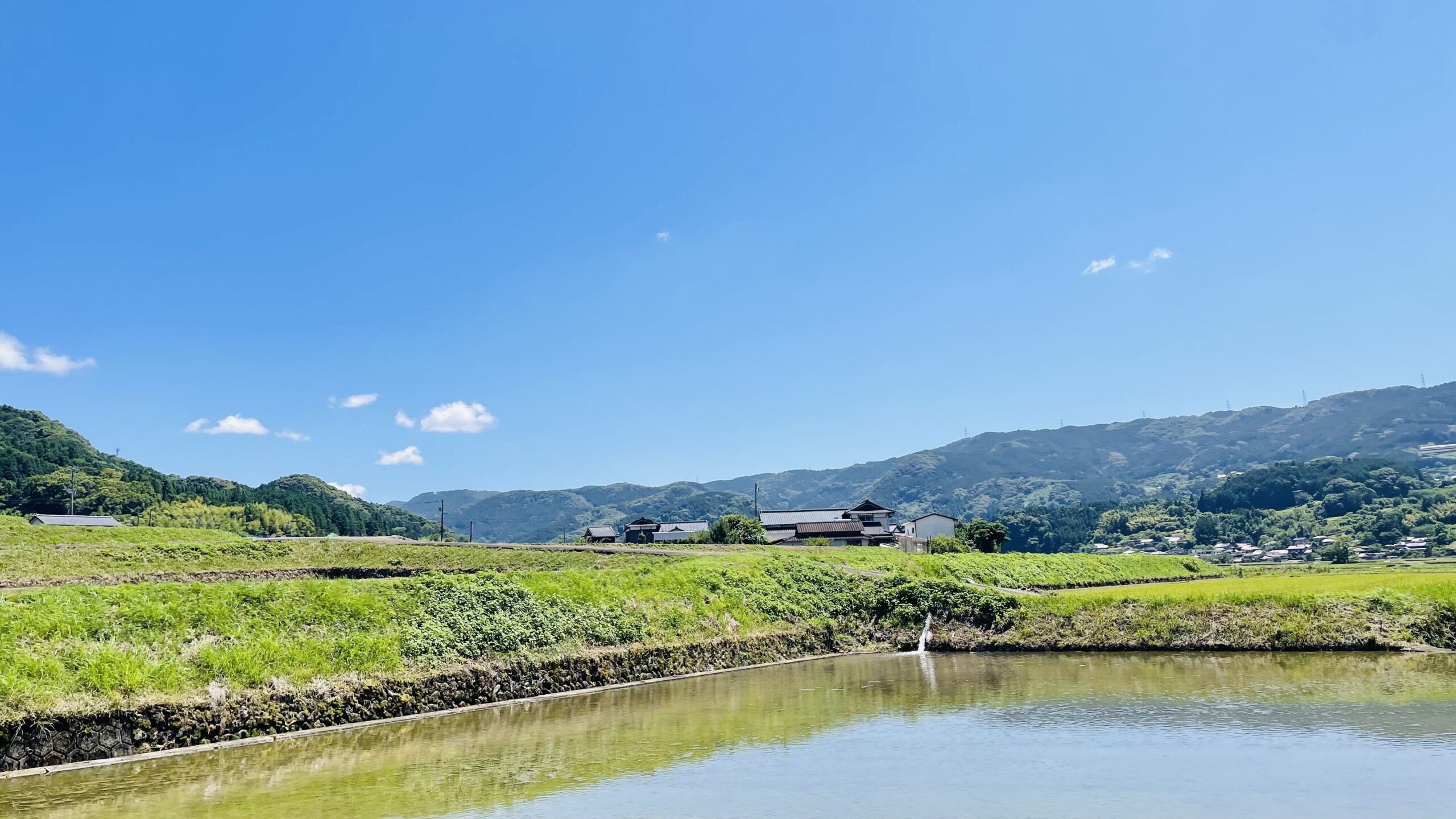The Challenges
When you are used to the convenience of modern society, living in the countryside can sometimes feel inconvenient. One of the most striking examples is access to healthcare.
In Japan, ambulances generally transport patients to hospitals where specialists are on duty 24 hours a day. In large cities, where hospitals are concentrated, this system works efficiently and patients are admitted quickly.
In rural areas, however, things are very different. It is not unusual for the nearest emergency hospital to be over an hour away. Life in the countryside is surrounded by nature and moves at a slower pace, but when it comes to urgent medical care, the distance to hospitals can become a serious challenge.
The Importance of Daily Health Management
For this reason, countryside living requires a mindset of not relying entirely on hospitals. Maintaining one’s own health is essential. Paying attention to diet, avoiding overwork, and ensuring sufficient sleep are all important for long-term wellness.
Children, however, are a different story. Their immune systems are still developing, which makes them vulnerable to many illnesses. They have limited physical strength, so sudden changes at night can quickly become emergencies. Parents must remain vigilant and prepared.
Community Support and Modern Tools
Local governments in rural Japan are working to improve medical access through on-call pediatricians and holiday or night-time clinics. In addition, the spread of online medical consultations now allows families to connect with doctors remotely via smartphones or tablets, offering reassurance when hospitals are far away.
Still, the reality is that self-preparedness is often the most reliable safety net. Families can make countryside life safer by:
Keeping basic medicines at home
Using thermometers and pulse oximeters for quick monitoring
Knowing the location and contact details of the nearest hospitals
Traditional Wisdom and Preventive Care
Japan also has a long history of folk remedies and traditional practices that supported rural life before modern medicine became widespread. Many of these approaches are still useful today:
Fermented foods such as miso, natto, and pickled vegetables support gut health and immunity.
Warming the body through hot baths, herbal teas, or ginger-based meals helps circulation and resilience.
Simple home remedies, like gargling with salted water, using rice porridge (okayu) during illness, or applying herbal compresses, remain part of daily family care in many regions.
These traditions remind us that prevention and everyday habits can play as important a role in health as hospitals do.
Conclusion
Living in the Japanese countryside offers a richness of nature, community bonds, and a slower rhythm of life. Yet, the distance to modern healthcare facilities highlights the need for daily health awareness and preparedness.
By combining modern medical systems with traditional practices such as fermented foods, natural remedies, and body-warming routines, rural residents can protect their health and fully enjoy the unique benefits of countryside living.
Emergency Actions in Japan (Flow by Situation)
Quick flows for ambulances, advice hotlines, children at night, and police. Includes essential phone numbers and phrases. Save this section for your trip.
Ambulance / Fire
- Call 119 immediately.
- Say “Kyūkyū desu. Eigo onegai shimasu.” (Medical emergency. English, please.)
- Give exact location (address, landmark, hotel, floor) and condition.
- Stay on the line until the dispatcher tells you to hang up.
Emergency Medical Advice
- Call #7119 for triage and guidance.
- Describe symptoms and location; they advise 119 vs. open hospitals.
- If #7119 doesn’t connect in your area, try the local fallback or use Flow 3.
Help & Interpretation
- Call JNTO Japan Visitor Hotline 24/7
Pediatric After-hours Advice
- Call #8000 to speak with a nurse/pediatric professional.
- They assess urgency and direct you to 119 or an open clinic.
- If unavailable, use #7119 or call the JNTO hotline.
Crime / Accident
Essential Numbers
Note: #7119/#8000 availability differs by prefecture. If short-codes don’t connect, use local fallback numbers or the JNTO hotline.
Handy Phrases
Kyūkyū desu. Eigo onegai shimasu. — It’s a medical emergency. English, please.Atama ga itai / Onaka ga itai. — Head hurts / Stomach hurts.Hakketsu / Netsu ga arimasu. — Bleeding / I have a fever.Koko desu / Hotel ___, ___ floor. — I am here / hotel and floor.Prevention & Self-care
Country life rewards preparedness. Maintain health with rest, warm foods/teas, and fermented staples (miso, natto, pickles). Keep your regular meds and a basic first-aid kit, and identify your nearest hospital before you travel.

